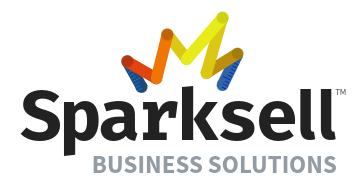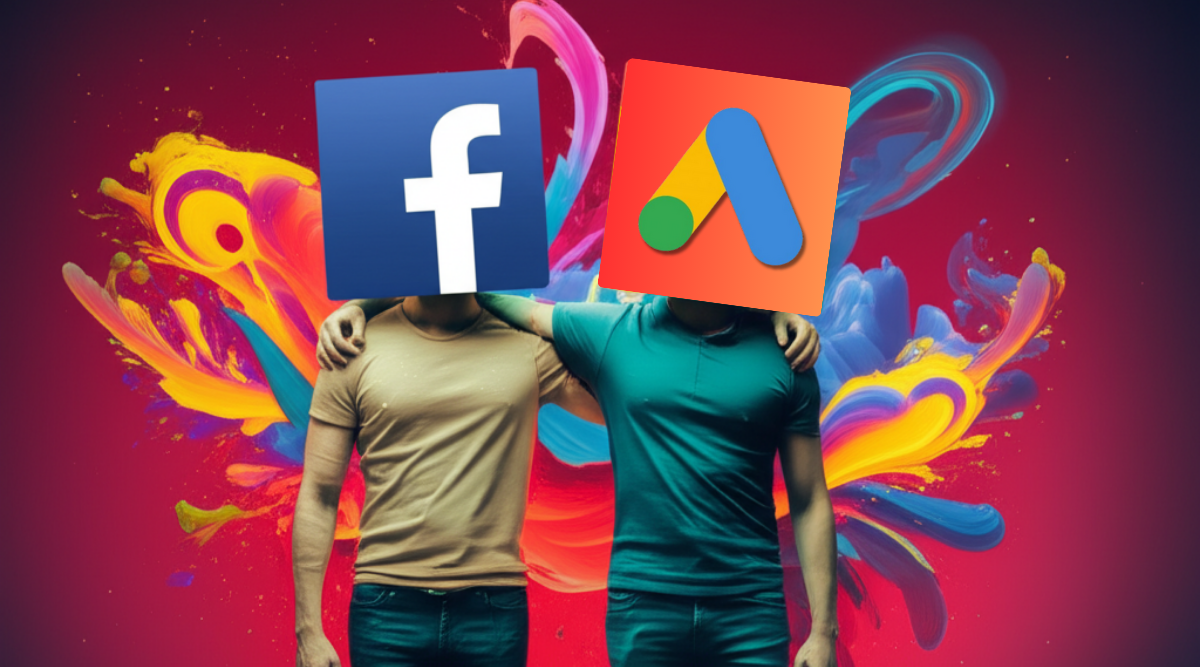Bold choices drive better results. When small and mid-sized businesses ask us whether Facebook Ads or Google Ads is the smarter investment, our answer is simple: both. Each platform thrives at different moments in the buyer journey, and when we combine them, we create a full-funnel engine that consistently delivers ROI.
Why Google Ads matters: intent wins
Google Ads captures people at the exact moment they’re searching for solutions. If someone types “emergency plumber near me” or “best CPA in Detroit,” we can show up with the right message at the right time. That’s the power of high intent.
Best use cases:
- Service-based businesses with urgent or time-sensitive needs (HVAC, legal, dental, home repair).
- E-commerce brands targeting high-intent keywords like “buy [product] online.”
- Niche B2B companies targeting specific industry queries (e.g., “automotive prototyping supplier in Michigan”).
Smart strategies:
- Start with tightly themed Search campaigns built around exact and phrase-match keywords. Use negative keywords to prevent wasted spend.
- Use Responsive Search Ads paired with compelling, benefit-driven copy and strong calls to action (Book Now, Get a Quote, Free Estimate).
- Leverage location targeting and ad scheduling to focus on peak times and service areas across Michigan.
- Add Performance Max for product feeds or lead-gen with strong conversion tracking—especially when you have multiple creative assets.
- Track everything: calls, form fills, chat starts, and offline conversions. Use this data to fuel smart bidding strategies like Target CPA or Target ROAS.
Why Facebook and Instagram Ads matter: discovery and demand generation
Not everyone is ready to buy. Many need to discover you first. Facebook and Instagram excel at building awareness, telling your story, and retargeting warm audiences who visited your site but didn’t convert.
Best use cases:
- Local brands (restaurants, salons, fitness studios) that win with visual storytelling and community connection.
- E-commerce brands with strong visuals and offers that benefit from retargeting site visitors and cart abandoners.
- Niche services where education matters—think med spas, financial planning, or home remodeling—where we can nurture interest over time.
Smart strategies:
- Use lookalike audiences based on high-value customers and website converters.
- Run video and carousel ads to showcase benefits, social proof, and before-and-after results.
- Build full-funnel structures: awareness (video views), consideration (traffic/engagement), and conversion (leads/purchases).
- Retarget people who watched your videos, engaged with your page, or visited your site within 7–30 days with a compelling offer.
- Test creative relentlessly—hooks, headlines, and formats—and let the best performers scale.
Why both together outperform either alone
Google captures demand; Facebook creates it. When we run them together, we see multiplier effects.
- Example 1: A Rochester-based home remodeling company runs educational Facebook videos on kitchen trends, building awareness. Those same users later search “kitchen remodeler near me.” Because we’re also running Google Ads with strong local extensions and review snippets, we capture that high-intent click at the right moment and close the lead.
- Example 2: A Grand Rapids clothing boutique uses Facebook to drive discovery with seasonal look-books while Google Shopping and branded search capture ready-to-buy traffic. Together, they raise brand recall, increase click-through rates, and lower blended cost per acquisition.
Budgeting and sequencing for Michigan small and mid-sized businesses
We get it—budgets are real. Here’s how we guide clients:
- If you need leads now: allocate 60–70% to Google Search for high-intent terms and 30–40% to Facebook retargeting and light prospecting. As lead flow stabilizes, shift more to Facebook to grow the top of the funnel.
- If you’re launching or rebranding: start with 60% Facebook/Instagram for awareness and email capture, 40% Google for branded and category terms to catch immediate demand.
- For e-commerce: run Performance Max and branded search on Google, plus prospecting and retargeting on Facebook. Measure blended ROAS, not channel silos.
Measurement that matters
We align both platforms to shared outcomes: purchases, qualified leads, booked appointments, or phone calls. We set up our clients with analytics to see where and what people are clicking on ads or visiting certain website pages.
Creative and messaging tips
- Google: clarity over clever. Use benefit-led headlines, trust signals (ratings, years in business, Michigan-specific credentials), and strong extensions (callouts, sitelinks, location).
- Facebook: story over specs. Lead with outcomes, social proof, lifestyle visuals, and short videos. Match offers to funnel stage: education and value up top, urgency and incentives at the bottom.
The bottom line for digital ads for Michigan small and mid-sized businesses
This isn’t Facebook vs. Google—it’s Facebook and Google, working in concert. Google intercepts ready buyers; Facebook builds future buyers and keeps your brand top-of-mind. When we unify strategy, messaging, targeting, and measurement, we lower acquisition costs and increase lifetime value.
If you’re ready to build a full-funnel ad engine that works for your business and your budget, we’ll help you choose the right mix, launch fast, and optimize for growth—right here in Michigan.



